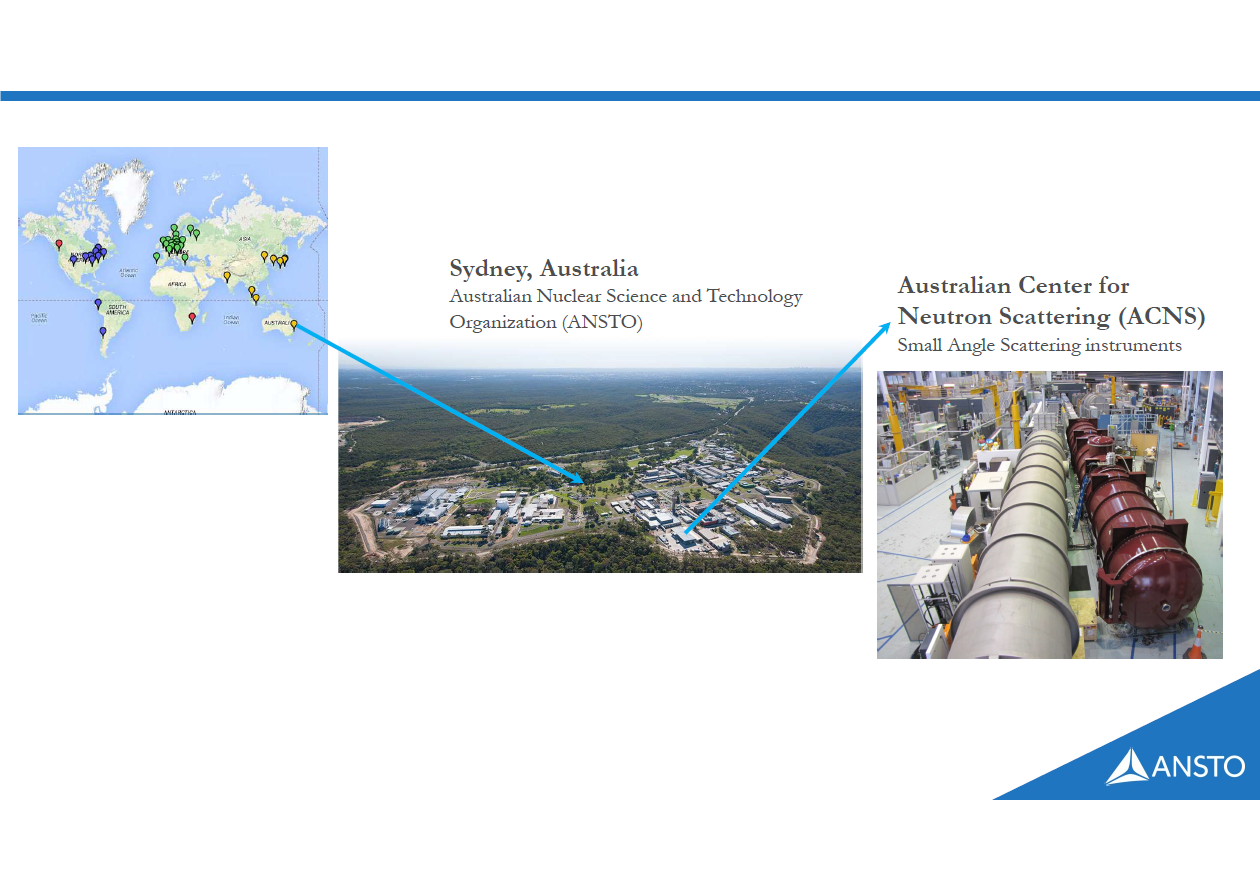- Details
"Measurement of the radiation environment of the ATLAS cavern in 2017–2018 with semiconductor pixel ATLAS-GaAsPix detectors"
E.A. Cherepanova
A network of ten semiconductor Timepix detectors with GaAs:Cr sensors was installed in the ATLAS cavern at CERN's LHC during the shutdown periods 2015–2016 and 2016–2017 in the framework of a cooperation between ATLAS and the Medipix2 Collaboration. The purpose was to augment the existing system of measuring and characterising the radiation environment in the ATLAS cavern that is based on ATLAS-TPX devices with pixelated silicon sensors. The detectors were in continuous operation during 13 TeV proton-proton collisions in 2017–2018. Data were recorded during proton-proton bunch crossings, and during times without bunch crossings (LHC physics runs) as well as between the physics runs. The detectors recorded all interactions of charge particles, neutrons and photons in GaAs sensors, in which the signal was higher than 6.5 keV in individual pixels. This made it possible to register clusters (tracks) of individual radiation particles interacting in the detectors sensors. During the LHC beam-beam collisions the radiation background contains particles produced at the interaction point which punch through the ATLAS detector. In the periods without beam-beam collisions, there were photons and electrons resulting from radioactivity induced during previous collisions in GaAs detectors and in surrounding construction materials, namely by neutrons. The ATLAS-GaAsPix Network measured overall level of particle radiation, the ratio between neutral and charged particles as well as neutron flux distribution in the cavern by measuring a level of induced radioactivity in the sensor materials.
- Details
"Time-of-Flight Small-Angle Neutron Scattering instrument Bilby: capabilities and performance"
Dr Anna Sokolova (Instrument scientist, Small-Angle Neutron Scattering Australian Centre for Neutron Scattering, ANSTO, Australia)
Bilby is a ToF Small-Angle Neutron Scattering machine at Australian Centre for Neutron Scattering (ACNS) at ANSTO, Sydney, Australia. The instrument is in operation from 2015, with more than 50 papers published. The talk will consist of several parts: SANS instruments at ACNS; Bilby main design features and mono- ToF options; scientific highlights, soft and hard matter.

- Details
"The main research directions of paleoecology"
A.V. Pakhnevich
Alexey Valentinovich Pakhnevich PhD in Biology, Senior Researcher Paleontological Institute, named after A.A., Borisyak, RAS
Paleoecology is the science that studies the interactions of extinct organisms with each other and with the environment. The report will be devoted to the analysis of the relationship of ancient organisms in populations and communities (= biocenoses). Examples of trophic connections, reconstruction of habitat conditions by finding characteristic species of plants and animals, the content of various minerals, chemical elements and their isotopes in the skeletons will be considered. The study of these issues is associated with the use of modern research techniques. Examples of their use will be demonstrated in the report.
- Details
Meeting agenda
High-pressure influence on the crystal and magnetic structure of bulk and nanostructured complex oxides of manganese and iron. N.M. Belozerova (based on materials of Ph.D. thesis. Specialty 01.04.07 - Condensed Matter Physics)
Everyone interested is invited
- Details
"Solemn seminar dedicated to the 70th anniversary of E.A. Ayryan"


